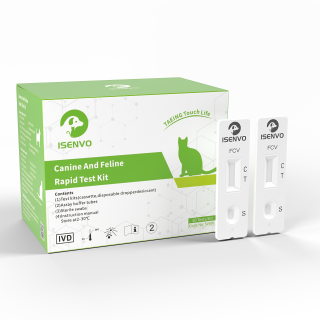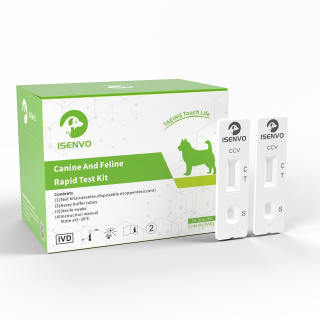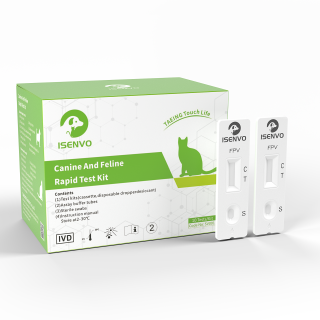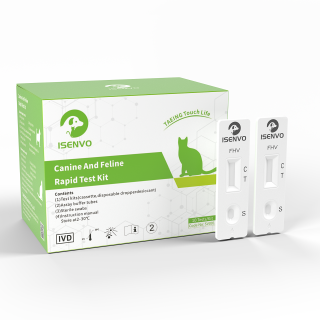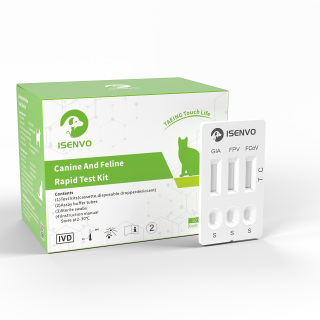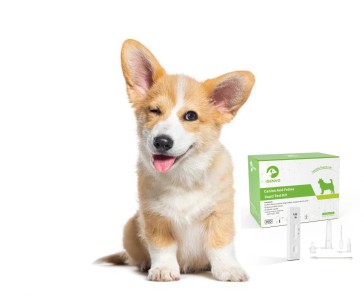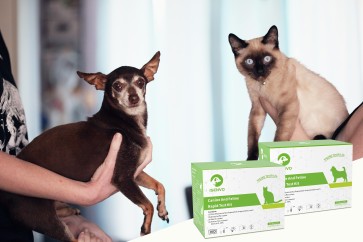First of all, do cats really need to bathe? Cats are very clean animals. We will find that cats spend half of their 24 hours a day licking their fur to clean themselves. In fact, from a health point of view, even if a cat does not bathe for a lifetime, it will not necessarily affect its health. Because they get dirty when going to the toilet or have parasites, tangled hair, etc., we still need to help cats clean themselves.
But many cats are very resistant to bathing, and in severe cases they may even have a stress response. So how can we dispel the insecurity of the cat master and master the correct bathing posture?
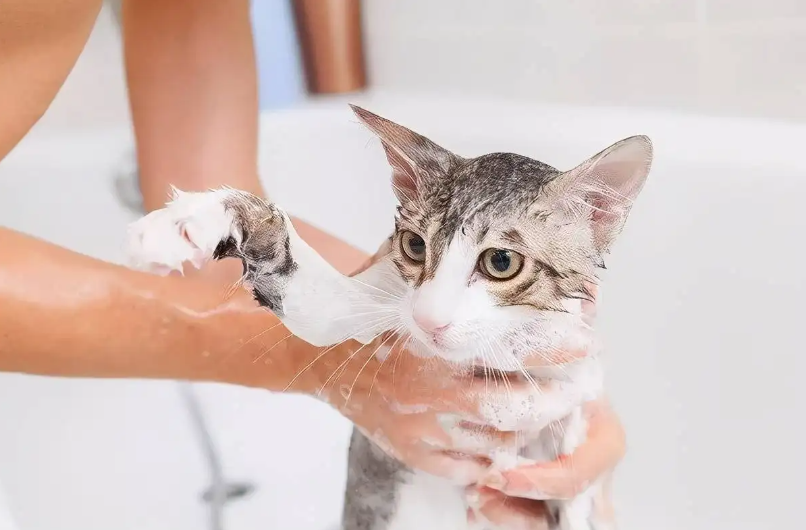
First of all, improve the cat's acceptance of bathing.
1. Help cats get familiar with the bathroom environment. Bring the cat to the bathroom a few days before bathing. Familiarizing with the smell and furnishings of the bathroom in advance will make the cat feel familiar with this place, and it will not be easy to resist when bathing.
2. Trim the nails. Because they resist bathing, many cats will resist fiercely during the bathing process and easily scratch the owner. In order to protect themselves and to make the bathing go smoothly, you can help the cat trim its nails before bathing.
3. Prepare the things for the cat to bathe· Shallow baby bathtub· Hair dryer/dryer· Absorbent towel· Cat-specific shower gel· Snacks and toys that cats usually like
How to bathe a cat correctly
1. Clean the cat's ears with a cotton swab before putting it in the water. Use a clean cotton swab to clean the visible part of the cat's ears. The ear canal does not need to be cleaned to avoid accidentally hurting the cat
2. Pay attention to the water temperature. The water temperature of about 40℃ is more suitable for cats. The water depth is about 1-2 cm. Too deep will scare the cat. If the cat reacts too much, you can put some small toys or give it some snacks to divert its attention.
3. Pay attention to the way of pouring water. Slowly pour water from the feet to the cat, wait for the cat to adapt, then continue upwards, and finally clean the cat's head.
4. When applying shower gel, you must use a special shower gel for cats. Try to choose one without special smell. Never use our toiletries, which will hurt their skin.
5. Dry the water in time after taking a bath. After taking a bath, you must dry the water for the cat as soon as possible, especially in winter. If you don’t dry it in time, it is easy to catch a cold. It is best to place the cat in a warm room for drying.
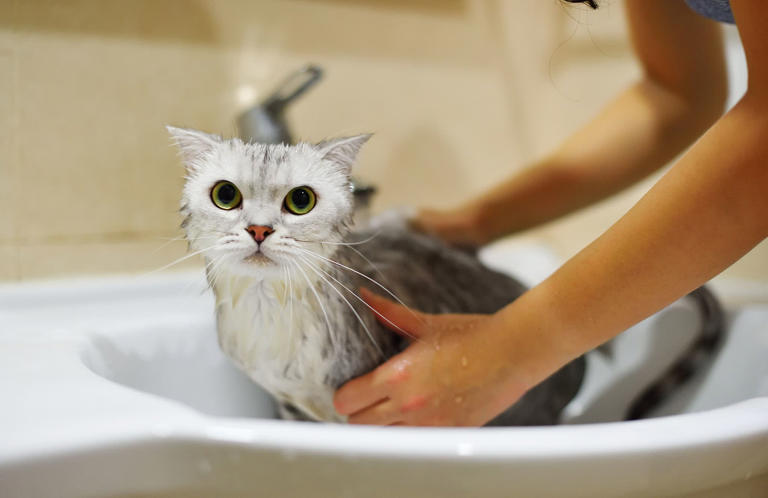
Bathing precautions
1. Bathing frequency Cats love cleanliness and will lick their fur to clean themselves. So you don’t need to bathe the cat frequently. Normally, you can bathe it once every 3-4 months. Long-haired cats can increase the number of times depending on the situation.
2. These cats cannot take a bath! ① Kittens under one year old and pregnant female cats have poor immunity and are prone to colds when taking a bath. ② Cats who have just come home are unfamiliar with the environment and are easily stressed, so bathing is not recommended. ③ After a cat with ringworm takes a bath, the ringworm will spread. It is not recommended to bathe at this time, but medicated bath treatment is possible.
3. Remember to comb your cat’s hair after bathing. When the cat’s fur is almost dry, you can comb it with a comb to remove the hair that is about to fall off. This prevents the hair from getting tangled and can also reduce the amount of hair that the cat licks in.




